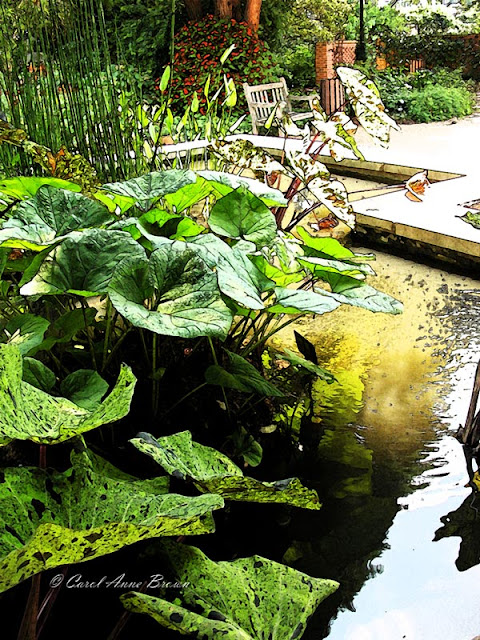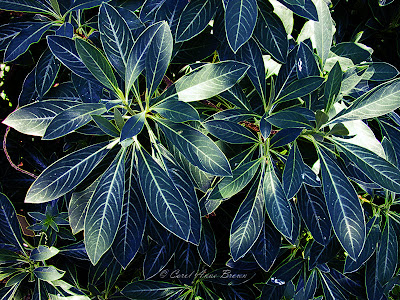More fun with the Macro lens. In this series I learned details about Crape Myrtles that I never noticed, despite handling them for 30 years. In fact, it's the macro lens that SHOWED me these details. I could not see them while taking the shots. They were 'mined' from the photos, a process that just 'tickles me to death', as they say in the south.
Lagerstroemia indica x Fauriei 'Tuscarora':
Known as an ornamental tree when pruned properly, this hybrid cultivar was for decades the default 'Red' crape myrtle commercially. (We all knew it was a coral pink...it's just the best red we had). It replaced Carolina Beauty, which was a more magenta color, but that plant had powdery mildew and black spot issues. Tuscarora is always clean and reaches for the sky, something landscape architects like in a crape.
One thing a retail buyer might not be aware of is that local seed propagation can eventually result in slight changes in hardiness, without making an outwardly observable change. It's not the act of propagation, of course. It's that the seed selections are naturally a little variable. People in the north are conscious of buying red and sugar maples that are from northern seed sources. It makes a difference in the landscape hardiness. My Tuscarora was born and raised in central Florida. I've had it for 13 years now. It's been severely slowed down (lots of dead mature wood), over a handful of the colder zone 7b winters. It's still a tall and lanky shrub, not the stately graceful trees that my Muskogee and Natchez are. Even the Acoma Crapes have exceeded it in size.
I don't mind though. It's way too close to the house, so the small size is fine. I planted it for the coral pink flowers. And here they are:
First the 'Art Shot':
 |
| Crape Myrtle 'Tuscarora' |
Here's another. I have filtered this one with 'posterize' to give it some separation from the background. Looks like I can't just use it 'out of the box' any more with the macro lens. Those dappled light pools have hard edges and abrupt value changes now.
Since I bought the new equipment, I also sprang for the membership to NAPP (National Association of Photoshop Professionals). They publish a magazine so crammed full of Photoshop how-to and tips it makes my head spin. Was just browsing this month's issue and I see that there are new and better painting and filtering tools now in CS6 that might do a more elegant job with this sort of work. I really have to prioritize that PS education.
Anyway, I thought she had graceful posture with just a few of those signature curlicue pistils showing. If I should paint her in watercolor, I will be sure to include them. Once you see them in the following detail shots you'll see how essential they are in this one to expressing her 'crape myrtleness'.
Now for the surprises:
 |
The curlicue pistil is the first element out of the cracking bud, racing to get far ahead of the pollen-laden stamens swelling up behind it. It wants pollen from other flowers, not from it's own bud.
|
 |
| The stalked petals snap outward, propping open the stiff bud leaves so the stamens can finish unpacking. |
 |
| Look inside the capsule and see the stamens are slender and delicate. They make me think of cellophane noodles topped with little toasted sesame-seed anthers bursting with pollen. |
That was too much fun. I may never paint again.























